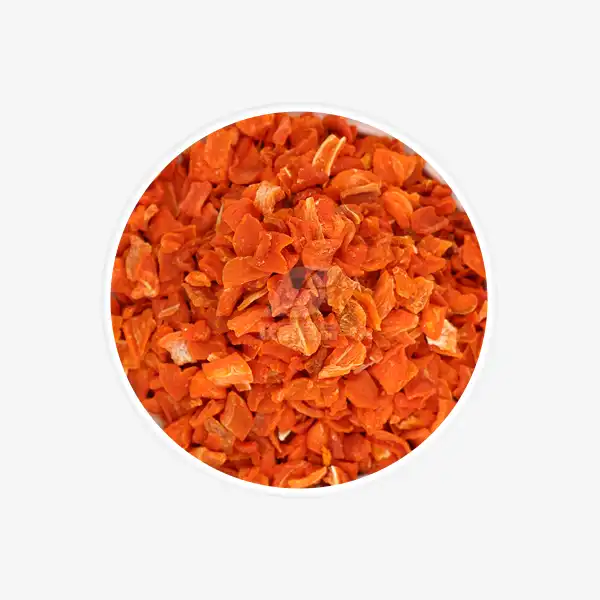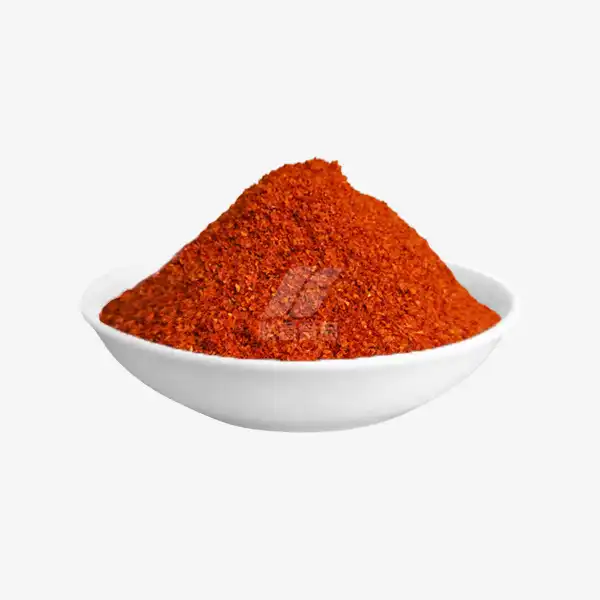How to Store and Rehydrate Dehydrated Vegetable Mix?
Dehydrated vegetables mixes are a pantry staple for many households, offering convenience, nutrition, and long shelf life. Whether you're a camping enthusiast, a prepper, or simply looking for ways to reduce food waste, knowing how to properly store and rehydrate these versatile ingredients is crucial. In this comprehensive guide, we'll explore the best practices for maintaining your dehydrated veggie mix and bringing it back to life when you're ready to use it.
Proper Storage Tips for Long Shelf Life
Maximizing the shelf life of your dehydrated vegetable mix begins with proper storage. Follow these tips to ensure your mix stays fresh and nutritious for months or even years:
- Airtight Containers: To keep your dehydrated vegetables fresh, store them in airtight containers that seal tightly, preventing moisture and air from entering. Ideal options include mason jars with rubber gaskets or vacuum-sealed bags. These containers help maintain the quality and longevity of your dehydrated foods.
- Cool, Dark Location: Exposure to heat and light can cause your dehydrated vegetables to lose flavor and nutrients over time. For optimal storage, choose a cool, dark location such as a pantry or cupboard. This environment helps protect the vegetables from degrading, keeping them fresh longer.
- Moisture Absorbers: Adding moisture-absorbing materials, such as silica gel packets or oxygen absorbers, to your storage containers can offer extra protection against humidity. These absorbers help prevent any moisture from getting into the container, ensuring the vegetables stay dry and free from mold or spoilage.
- Label and Date: It’s important to label each container with both the contents and the date of dehydration. By doing so, you can easily track the age of your vegetables and rotate your stock, using older supplies first. This habit ensures your dehydrated foods are consumed before they lose their peak quality.
- Portion Control: To reduce exposure to air and moisture every time you open the container, consider storing your dehydrated vegetables in smaller portions. This way, you only open what you need, helping maintain the freshness of the remaining portions for longer.
By implementing these storage techniques, you can significantly extend the usability of your dehydrated vegetables mixes, ensuring it's ready when you need it.
Rehydrating Dehydrated Vegetables: Step-by-Step Guide
When you're ready to use your dehydrated vegetable mix, proper rehydration is key to restoring texture and flavor. Follow this step-by-step guide for optimal results:
1. Measure Your Mix: Start by determining how much dehydrated vegetable mix you need. As a general rule, 1 cup of dried vegetables will rehydrate to about 2 cups once liquid is added. This helps you plan for the right amount of rehydrated vegetables for your dish.
2. Choose Your Liquid: Water is the most common choice for rehydrating dried vegetables, but you can also use broth or stock for an added burst of flavor. The liquid you choose will influence the taste of your rehydrated vegetables, so select one that complements your recipe.
3. Heat the Liquid: To speed up the rehydration process, it’s best to use hot liquid. Bring your chosen liquid (water, broth, or stock) to a boil, and then remove it from the heat. Hot liquid will help the vegetables absorb moisture more quickly and evenly.
4. Add the Vegetables: Place your measured dehydrated vegetables mixes into a heat-safe bowl. Pour the hot liquid over the vegetables, using approximately 1.5 to 2 cups of liquid for each cup of dried vegetables. Make sure the liquid fully covers the vegetables to ensure even rehydration.
5. Allow Time to Soak: Let the vegetables soak for 15-20 minutes, or until they reach the desired texture. Keep in mind that denser vegetables may require a bit more time to rehydrate fully. Check the vegetables during soaking to make sure they are soft and plump.
6. Drain Excess Liquid: After the vegetables have rehydrated, check if any liquid remains. If there's excess liquid, drain it off before incorporating the vegetables into your recipe. This ensures your dish won't be too watery.
7. Incorporate Into Your Dish: Once the vegetables are fully rehydrated and any excess liquid is drained, they’re ready to be added to soups, stews, casseroles, or any other dish you're preparing. Your rehydrated vegetables are now the perfect addition to enhance the flavors and texture of your meal.
Remember that different vegetables may rehydrate at different rates. Leafy greens and thinly sliced veggies will reconstitute faster than denser root vegetables or larger pieces.
Common Mistakes to Avoid When Using Dehydrated Veggies
To get the most out of your dehydrated vegetables mixes, steer clear of these common pitfalls:
- Over-rehydrating: Adding too much liquid or soaking for too long can result in mushy vegetables. Monitor the rehydration process closely.
- Under-seasoning: Dehydrated vegetables may lose some of their original flavor. Be prepared to adjust your seasoning accordingly when cooking.
- Ignoring texture differences: Rehydrated vegetables won't have the exact same texture as fresh. Adapt your recipes and expectations accordingly.
- Forgetting to plan ahead: Some recipes may require you to rehydrate vegetables before cooking. Factor this time into your meal preparation.
- Neglecting food safety: While dehydrated vegetables have a long shelf life, they're not immortal. Always check for signs of spoilage before use.
By avoiding these mistakes, you'll ensure that your dehydrated vegetable mix enhances your meals rather than detracts from them.
Conclusion
Mastering the art of storing and rehydrating dehydrated vegetables mixes can revolutionize your cooking and meal planning. With proper storage techniques, you can maintain a ready supply of nutritious vegetables year-round. By following our rehydration guide and avoiding common mistakes, you'll be able to incorporate these convenient ingredients into a wide variety of delicious dishes.
For high-quality dehydrated vegetable mixes and expert advice on their use, don't hesitate to reach out to us at Xinghua Lianfu Food Co., Ltd. Contact us at qingzhengliu@jslianfu.com for more information on our products and how they can benefit your culinary endeavors.
References
1. Johnson, A. (2022). "The Complete Guide to Dehydrated Foods: Storage, Rehydration, and Culinary Applications". Culinary Press.
2. Smith, B. (2021). "Long-Term Food Storage: Maximizing Shelf Life and Nutritional Value". Prepper's Publishing.
3. Martinez, C. (2023). "From Dry to Delicious: Mastering Dehydrated Vegetable Cuisine". Gourmet Gazette.
4. Thompson, D. (2020). "The Science of Food Preservation: Understanding Dehydration and Rehydration Processes". Food Technology Institute.
5. Lee, S. (2022). "Sustainable Eating: Incorporating Dehydrated Vegetables into Modern Diets". Eco-Friendly Nutrition Society.

_1729843393550.webp)









